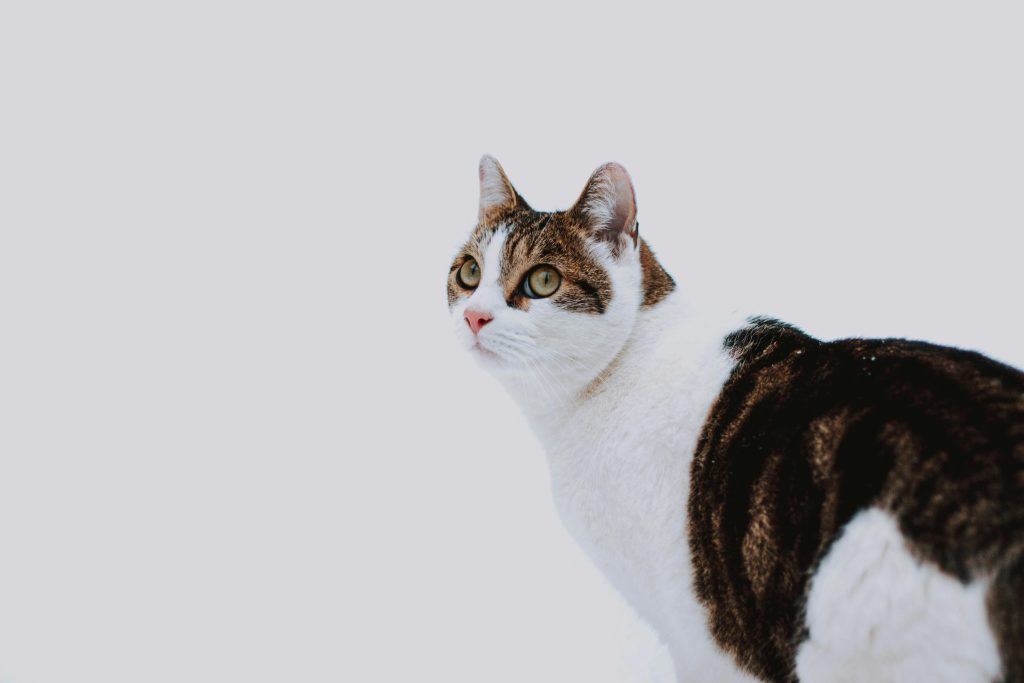Choosing the right cat food is crucial for the health and well-being of your furry companion. With an array of options available on the market, understanding cat food labels becomes paramount. Delving into the intricacies of these labels empowers pet owners to make informed decisions, ensuring their cats receive the nutrition they need to thrive.
According to a 2008 review published in the Journal of the American Veterinary Medical Association, various studies have highlighted that factors such as price, ingredients, and quality are crucial considerations for pet food buyers. Among these, ingredients have consistently emerged as the foremost factor for the majority of pet owners when making food choices for their pets.
In this guide, we will navigate through the complexities of cat food labels, equipping you with the knowledge to select the best options for your beloved feline friend.
Understanding Cat Food Labels:
1. Ingredient List Analysis:
The ingredient list serves as the blueprint of the cat food. Ingredients are arranged in descending order of weight, placing the primary ingredient at the top of the list. Opt for cat foods with real meat, such as chicken, turkey, or fish, listed as the primary ingredient, as they provide essential proteins and nutrients. Beware of fillers and by-products, such as corn, wheat, and soy, which offer minimal nutritional value and may trigger allergies or digestive issues in cats.
2. Guaranteed Analysis:
The guaranteed analysis section provides essential information regarding the nutrient composition of the cat food, including protein, fat, fiber, and moisture content. Ensure the levels of these nutrients align with your cat’s specific dietary needs, considering factors such as age, activity level, and any underlying health conditions.
3. Nutritional Adequacy Statement:
Look for a statement indicating that the cat food is complete and balanced, meeting the nutritional requirements established by the Association of American Feed Control Officials (AAFCO). This ensures that your cat receives all the essential nutrients necessary for optimal health and development. AAFCO establishes the nutritional guidelines for pet foods available in the United States. This obligatory declaration confirms the methodology employed in assessing nutritional sufficiency. It specifies whether the food offers comprehensive and balanced nutrition tailored to a particular life stage of your pet (such as growth, adult, or pregnant/nursing), or if it’s universally suitable for all life stages.
4. Understanding Feeding Guidelines:
Feeding guidelines offer recommendations regarding the amount of food to feed your cat based on their weight and age. However, these guidelines are just a starting point and should be adjusted according to your cat’s individual metabolism and activity level. Monitor your cat’s weight and adjust their portion sizes accordingly to prevent overfeeding or underfeeding.
The American Association of Feline Practitioners and the ISFM jointly released their Feline Environmental Needs Guidelines in 2013. Among the recommended strategies outlined in these guidelines was the utilization of food puzzles to promote the well-being of felines.
Choosing the Best Options:
1. Consider Your Cat’s Specific Needs:
Cats have unique dietary requirements based on factors such as age, breed, activity level, and any existing health issues. Consult with your veterinarian to determine the most suitable type of cat food – whether dry, wet, or a combination of both – to meet your cat’s individual needs.
2. Quality over Price:
While budget considerations are important, prioritize the quality of ingredients and nutritional value when selecting cat food. Investing in high-quality cat food may lead to long-term cost savings by promoting better overall health and potentially reducing veterinary bills associated with dietary-related health issues.
3. Prioritize Nutritional Content over Ingredient Lists
According to Sherry Sanderson, DVM, PhD, from the University of Georgia, College of Veterinary Medicine, animals require nutrients, not just ingredients. Therefore, prioritize evaluating the overall nutritional content of the cat food rather than fixating on individual ingredients.
Essential nutrients for cats include protein, water, carbohydrates (fiber), vitamins, and minerals, with specific requirements varying based on factors like life stage. However, interpreting nutritional information on pet food labels has sparked controversy. Some argue that current labeling practices are confusing and misleading, prompting calls for a complete overhaul of labeling rules.
The debate stems from the fact that cat food manufacturers are only obligated to disclose the minimum and maximum amounts of four nutrients: protein, fat, fiber, and moisture. This means they must specify the minimum levels of crude protein and fat while also indicating the maximum levels of crude fiber and moisture.
4. The Significance of Preservatives in Pet Foods
Preservatives often receive negative attention in the context of pet foods, yet they play a crucial role, as highlighted by Sanderson. In dry pet foods, preservatives act as antioxidants, safeguarding the fat content against spoilage. Once fat spoils, its nutritional value diminishes, and it can pose health risks if consumed.
Preservatives come in natural and synthetic forms. Natural options commonly found in cat food include vitamin E (tocopherol) and vitamin C (ascorbic acid), while synthetic alternatives encompass butylated hydroxytoluene (BHT) and butylated hydroxyanisole (BHA), both of which mimic vitamin E.
Despite claims on some websites linking BHT and BHA to pet cancer, experts emphasize the lack of peer-reviewed studies substantiating these risks at levels present in pet foods. They caution against opting for dry cat foods lacking preservatives, as the potential hazards of feeding rancid diets far outweigh any perceived risks associated with preservatives.
5. Read Reviews and Seek Recommendations:
Research cat food brands thoroughly, read customer reviews and seek recommendations from trusted sources, such as veterinarians or fellow pet owners. Pay attention to recalls or controversies associated with specific brands to make informed decisions about the safety and efficacy of the cat food.
Key Takeaway
Navigating the world of cat food labels may initially seem daunting, but armed with knowledge and understanding, pet owners can confidently select the best options for their feline companions. By analyzing ingredient lists, interpreting nutritional information, and considering your cat’s needs, you can provide them with the balanced nutrition they need to lead happy, healthy lives. Remember, choosing the right cat food is an investment in your cat’s well-being and longevity.






